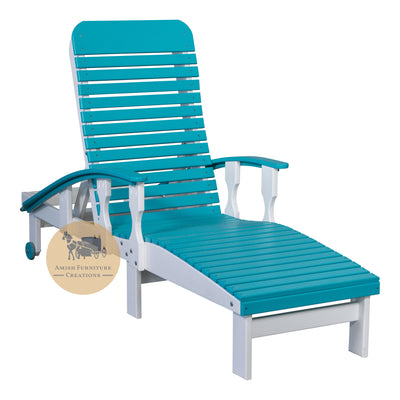Parota Wood: Unique, Sustainable, Affordable
Chances are, if you have been shopping, or are interested in shopping at Oak for Less®, than you have a love and appreciation for quality wood products. When it comes to wood furniture, there is really a wide range of options, and knowing a little bit of background will help you make the right decision financially, ethically, and stylistically.
Therefore, we want to begin a series of blog posts that really delves into the different types of wood that furniture is derived from. We know that furniture shopping can be a daunting experience, and the durability and longevity of wood designs can often come with a high price tag. It is our mission to equip you with the knowledge to ease this decision-making process so that you can rest assured that you are making the right choice.
We start this week with a closer look at parota wood. Parota wood is also known as Raintree wood, but in this blog we will refer to it by the name Parota.
One of the biggest appeals of wood pieces is their one-of-a-kind quality, and furniture sourced from parota certainly does not disappoint. This series will be a Q&A style to hopefully answer any questions you may have. If you feel that something needs more explaining or you have a specific question, please let us know and we will do our best to provide a comprehensive answer for you.
Where does parota wood come from?
Parota wood is typically sourced from Central America, Mexico, and the northern part of South America. In these areas, parota trees flourish and grow at fast rates and into very large proportions. In fact, because they grow so fast and big, they have been used for reforestation efforts. These trees can grow up to 100 feet tall and 10 feet wide.
What sets parota wood apart from other wood?
Parota wood has a unique wood grain that gives it a rich texture and color. Because it is so fast growing the density is much lighter, and due to its ideal size and weight it is easier to get large slabs at a more affordable cost than many other types of wood.
Pictured above is a parota wood slab dining table with black metal legs.
What does parota wood look like?
The center heartwood of parota is a beautiful brown color with reddish and amber hues, and the outer section has a lighter yellow coloring. The bold colors and textures make it a unique material for constructing distinct furniture pieces. The natural imperfections and color variations are what make it such a striking and bold material choice.
Pictured above is a slice of a parota tree branch made into an end table with metal hairpin legs.
Does furniture constructed from parota wood fit into the sustainable resource category?
Parota wood is considered a very durable and resistant wood and because it grows so quickly it is not on the threatened species list. The lighter density makes it easier to harvest, work, and ship, making it a great sustainable and affordable resource.
What type of furniture is made from parota wood?
Parota wood is ideal for a wide range of custom furniture. From dining tables and chairs, to end tables, bedside tables, dressers, coffee tables, and much more, this wood is durable and beautiful. Oak for Less collaborates with International Furniture Direct (IFD) in Mexico to offer stunning pieces at an affordable price. Much like Oak for Less, IFD is family owned and even has an onsite blacksmith to make finishes and handles.
Pictured above are 3 images - one is a parota wood dining set - another image is a parota tv stand with drawers and center doors - the 3rd image is a slice of a parota tree branch made into a coffee table with metal hairpin legs.
Oak for Less® is excited to offer unique furniture that tells a story. Parota wood is a wonderful option if you are looking for showstopping pieces from a trusted resource. Over the next couple of months, we will continue our journey into the world of wood. Let us know if there is anything specific you would like to see featured. Enjoy!







